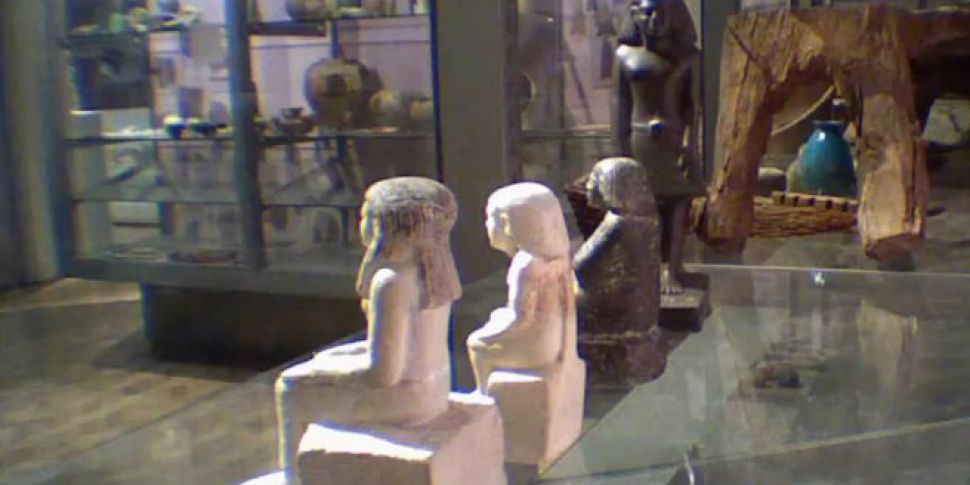The museum's Egyptologist Campbell Price noticed that the ancient statuette was changing position in its glass display case to which only he had the key. He set up a time lapse camera to record the four millennia-old stone statue over a couple of days.
Playing back the footage, it was revealed that the statuette was indeed turning in a full circle very, very slowly - not noticeable by the human eye, but very evident when the footage was sped up.
Scientists have attempted to explain the phenomenon, with BBC's Professor Brian Cox proposing the movement is being caused by differential friction, i.e. the vibrations caused by the stone base meeting the stone case while visitors move around the museum.
However, the museum staff are disputing that explanation, saying it has only recently started moving after years on display. Campbell also wonders "why would it go around in a perfect circle?"









